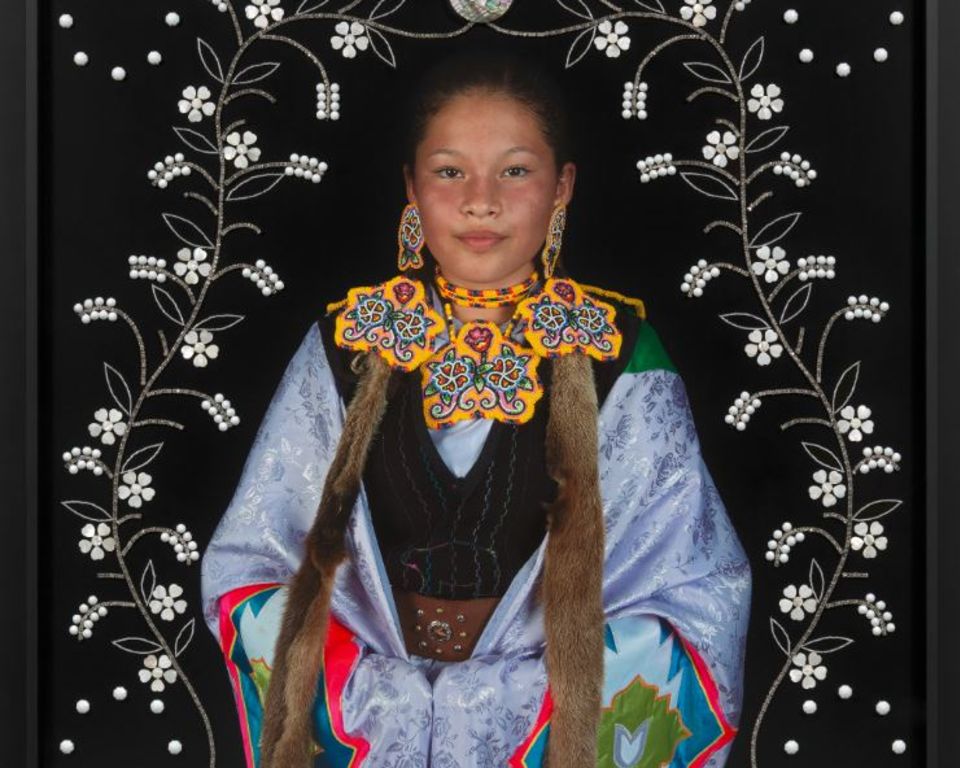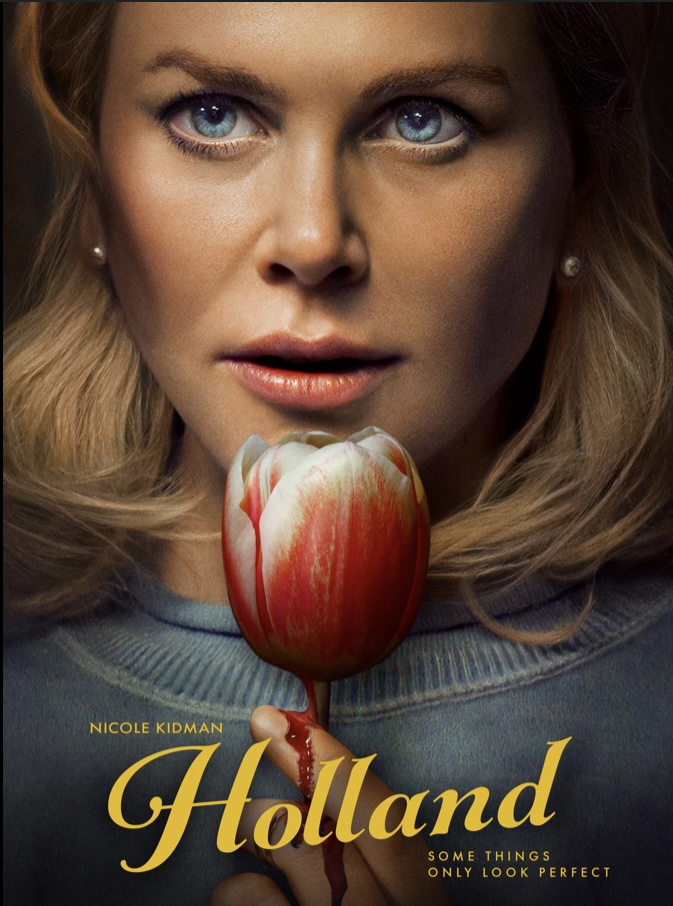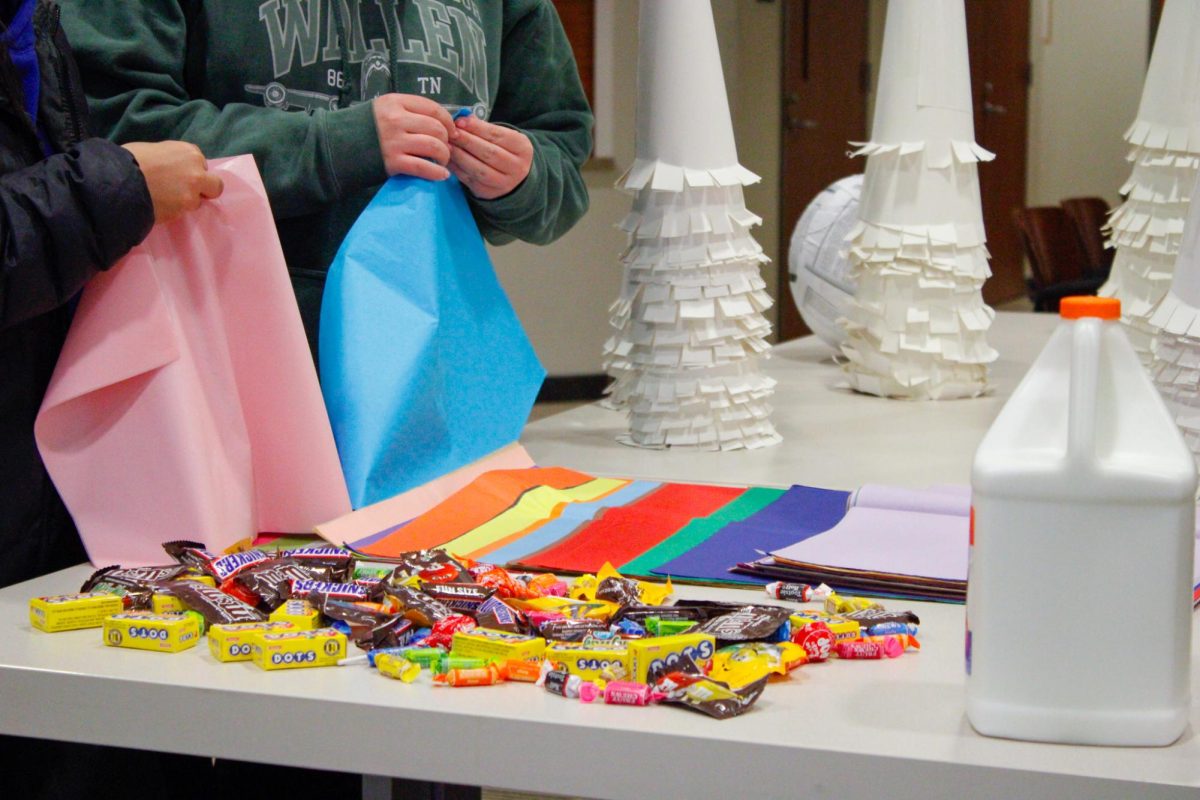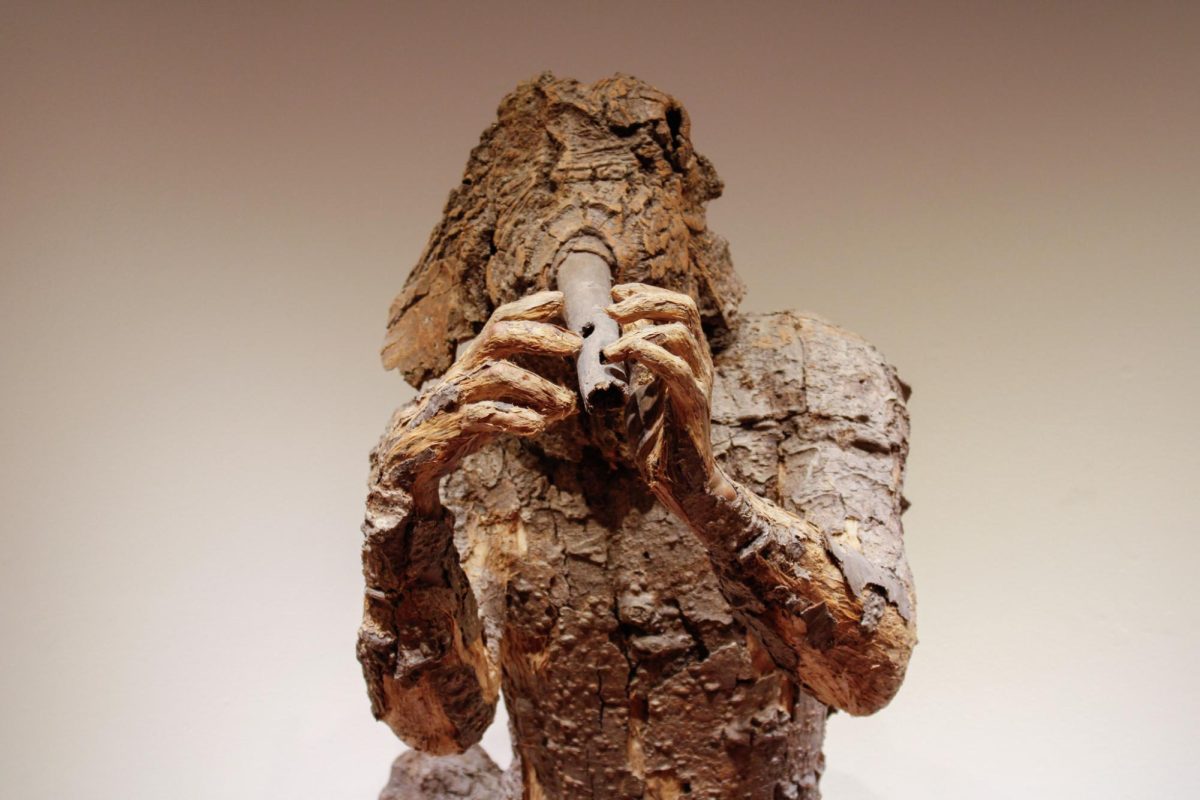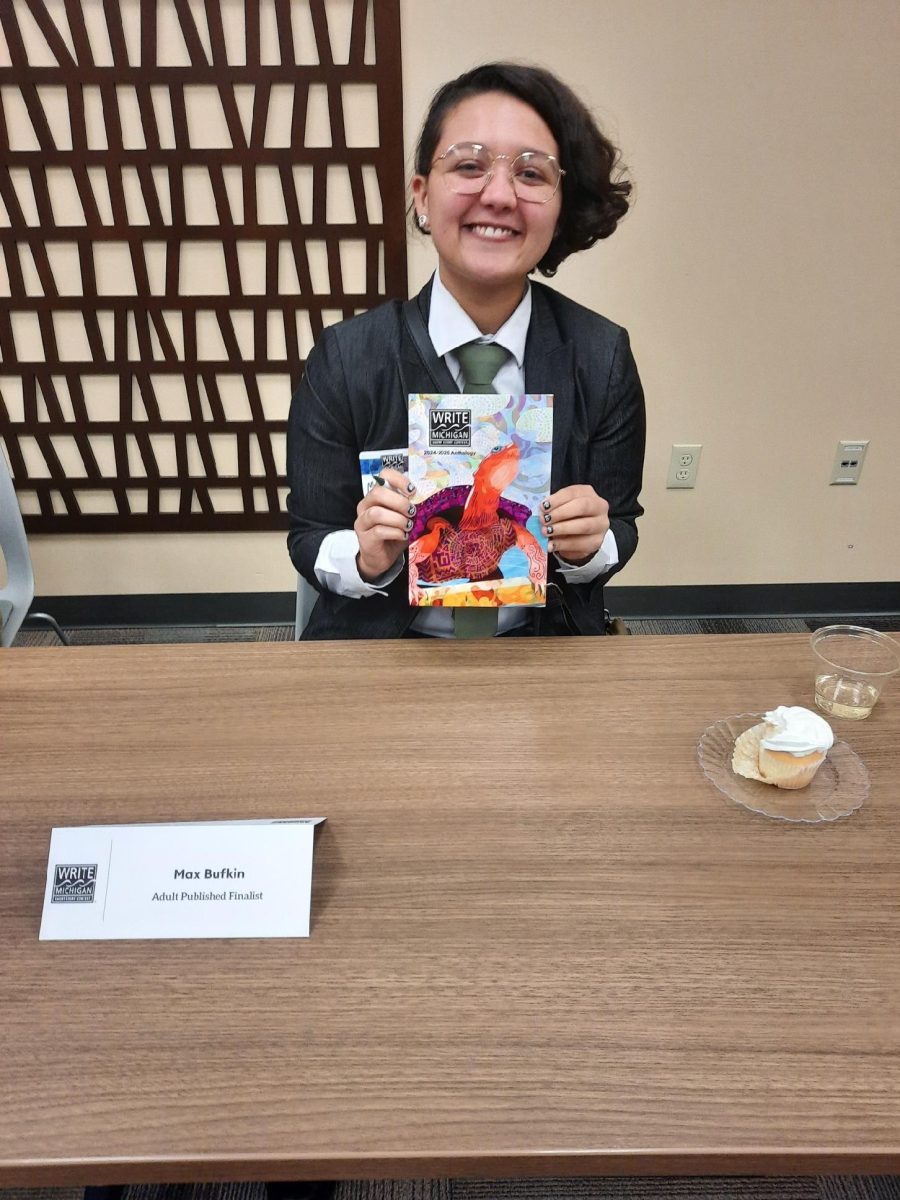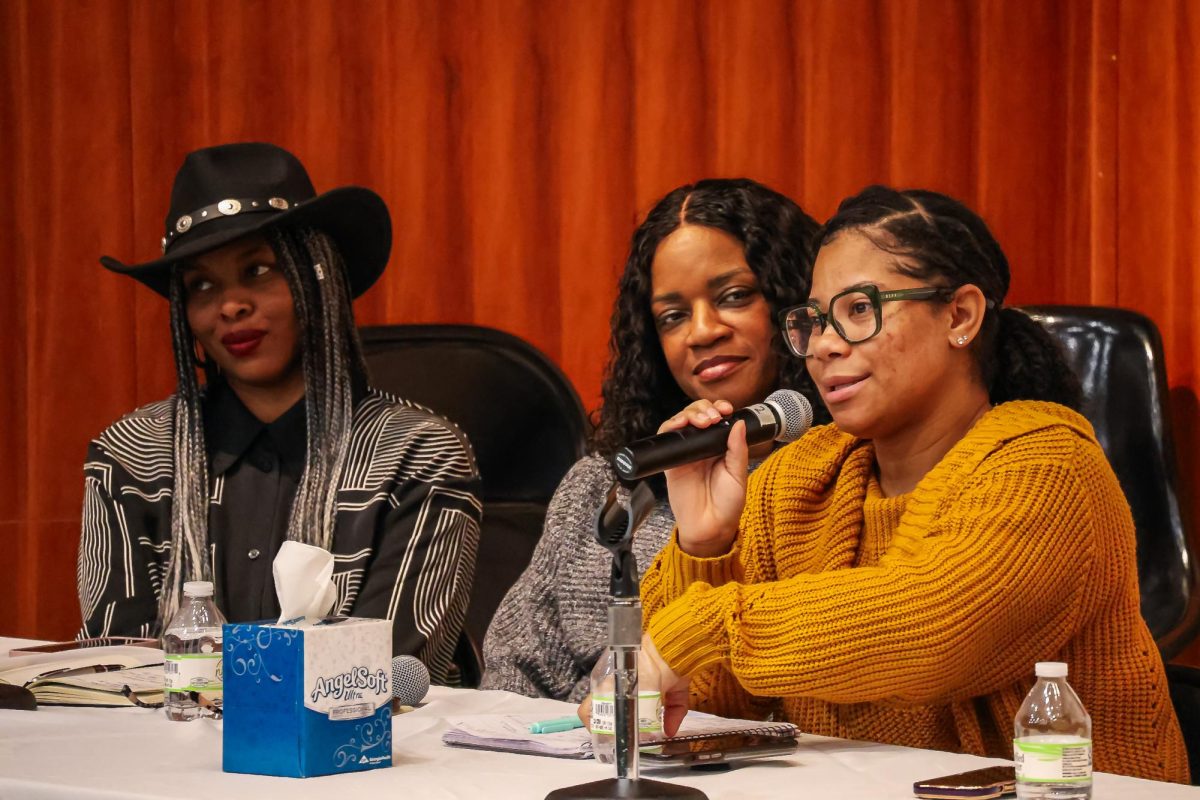A touring exhibition at the Grand Rapids Art Museum (GRAM) recently ended its installment after spending three months being one of the museum’s top attractions. “The Outwin: American Portraiture Today” was on display at the GRAM from June to September, and featured a collage of portraits highlighting the struggles individuals experienced during the COVID-19 pandemic, Black Lives Matter movement and other consequential moments that brought political awareness and fostered societal change.
“The Outwin” was curated from the Smithsonian’s National Portrait Gallery’s Outwin Boochever Portrait Competition. The triennial competition is open to artists from around the world, offering winners cash prizes and the opportunity for their work to be displayed in the globally touring exhibition. “The Outwin” illustrated how comprehensive and fluid the genre of portraiture can be through different art mediums by providing new insights into how globally defining moments affected specific individuals.
Ian Deatrick, a GRAM gallery employee, said the museum hoped to inspire exhibition attendees with the installation’s encouraging message and uniqueness.
“(The exhibition) is something I haven’t seen before,” Deatrick said. “I really like the message behind the portraits, knowing how people were adapting to (issues).”
The main goal the National Portrait Gallery had for “The Outwin” was for artists to show how life experiences can be demonstrated through portraiture in a way that engages and inspires whichever community the exhibition is displayed in.
Hannah Huizenga, a gallery attendant at the GRAM, noted that “Bride,” a portraiture by artist TR Ericsson, was her favorite in the collection.
“I think it is such a powerful piece,” Huizenga said. “A lot of people walk right past it because they cannot see the image well enough, but it is because they are not spending enough time with it.”
Ericsson had created the portrait of his late mother on her wedding day out of nicotine on gessoed wood. The unique art medium blended with the collection of multi-media artwork that included painting, drawing, sculpture, captured content and performance. While every portrait aimed to display a message of hope and change within their unique mediums of art, some, like Ericsson’s, focused on a life experience that was more personal than global.
Two of the featured artists, Joel Daniel Phillips and Quraysh Ali Lansana, combined their artistic talents to create “Killing the Negative: Poetic Interventions,” a piece rooted in social and political justice. “Killing the Negative” displays old images of social injustice taken during the Great Depression, and is paired with “Hospitality,” a poem written by Lansana in response to Phillip’s art.
“Who are you to pause my sunup with your whiteness and a picture box,” read an excerpt from Lansana’s “Hospitality.”
The Smithsonian’s National Portrait Gallery has already received contest submissions for the next Outwin Boochever Portrait Competition, which will be displayed in the National Portrait Gallery for a year before the next Outwin exhibition tour in 2026.




